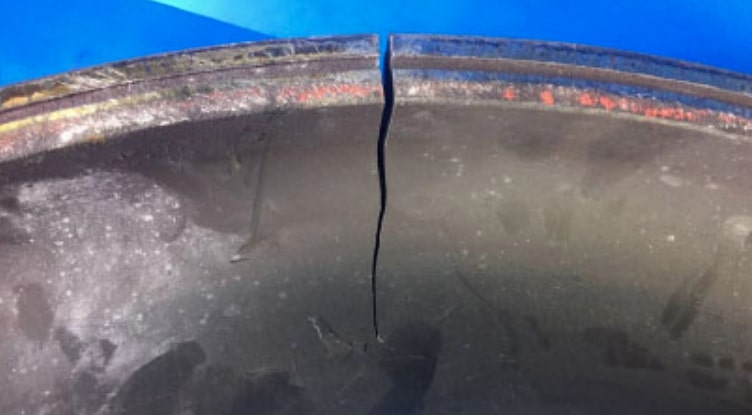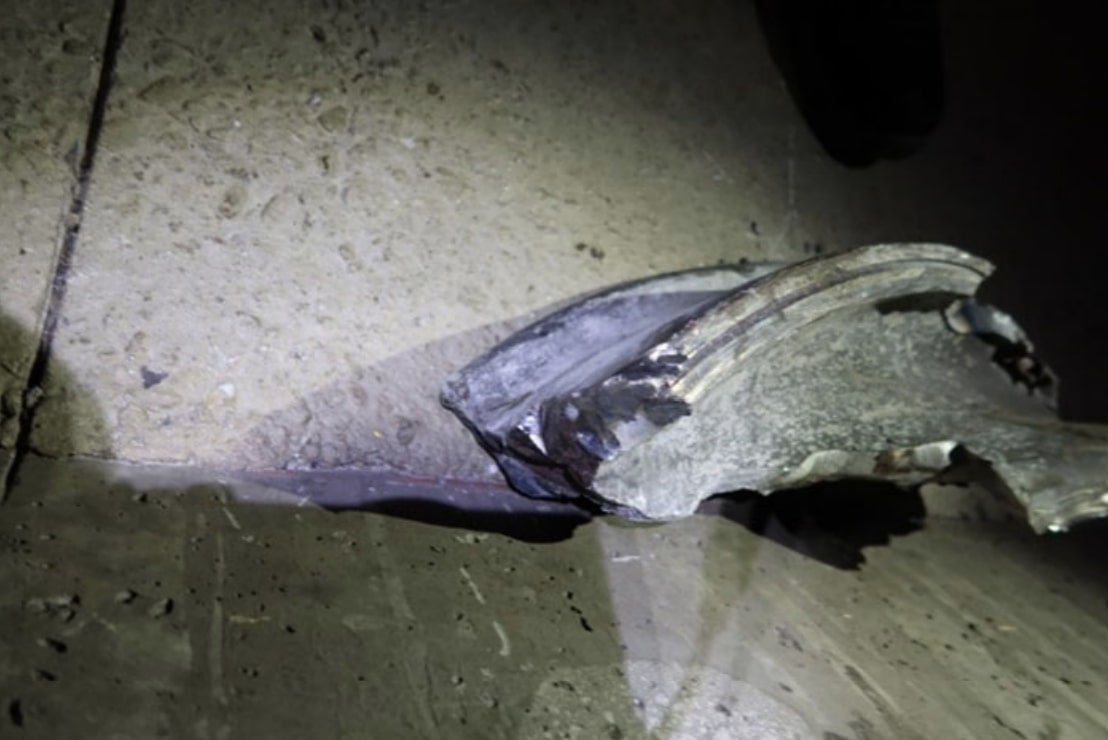Gotthard accident: ‘crack in wheel could not have been detected’

The Swiss Safety Investigation Board (SUST) confirmed initial suspicions that the derailment of a freight train in the Gotthard Base Tunnel on 10 August was caused by a faulty wheel. The SUST report mentioned that “there is no evidence of pre-existing operational defects that could have caused the derailment”. Moreover, they claim that current technologies could not have detected the crack in the wheel and, thus, prevented the accident.
The wheel was mounted on a wagon that belonged to Transwaggon AB, the Swedish subsidiary of Transwaggon Group. It is a solid wheel of type BA 390 manufactured in 2008, as SUST stated, adding that the wheel ran for 140,000 kilometres since it last underwent maintenance. SUST is now recommending that all Type 390 wheels should be included in the so-called Joint Network Secretariat (JNS) Broken Wheels. This is a task force set up by the European Union in 2017 to investigate broken wheels after issues arose in Belgium and Italy around BA 314 and BA 004 wheel types. “There is a certain systemic problem with the various broken wheels”, the SUST report highlighted.
Adding this type of wheel to the JNS Broken Wheel would translate into the creation of a list of all the ones currently in use as well as additional checks. Currently, the BA 390 wheelsets are used by various wagon keepers in Europe but it is not possible to have a clear estimate of how many are in operation. According to Swiss public broadcaster SRF, the country’s Federal Office of Transport will notify 125 companies using these types of wheelsets, which will force them to check their rolling stock.

A clearer dynamic of the accident
The SUST report points out that the crack in the wheel grew over a significant period of time, with Trasnwaggon claiming it was probably months. “The crack developed in the wheel to the point of a violent fracture”, said the Investigation Board. The first fragment of the incriminated wheel, which was part of the “11th wagon in the direction of travel” was found about 10 kilometres from the south entrance of the tunnel. The convoy, operated by SBB Cargo, continued running for four more kilometres without causing too much damage.
Then, near the Faido interchange, which connects the two main tunnels, the last pieces of the wheel broke, hit the sleepers, and destroyed the switch infrastructure. At this point, according to SUST, the train separated between the 13th and 14th wagons, with some of the derailed cars ending up on the connection track. These wagons hit the special door that separates the two tunnels in Faido. The destruction of this door was the main reason why both tunnels had to be closed for a couple of weeks after the accident.

Also read:





